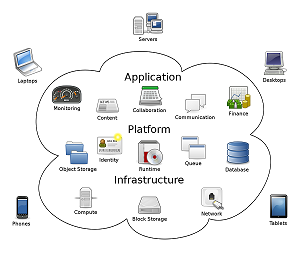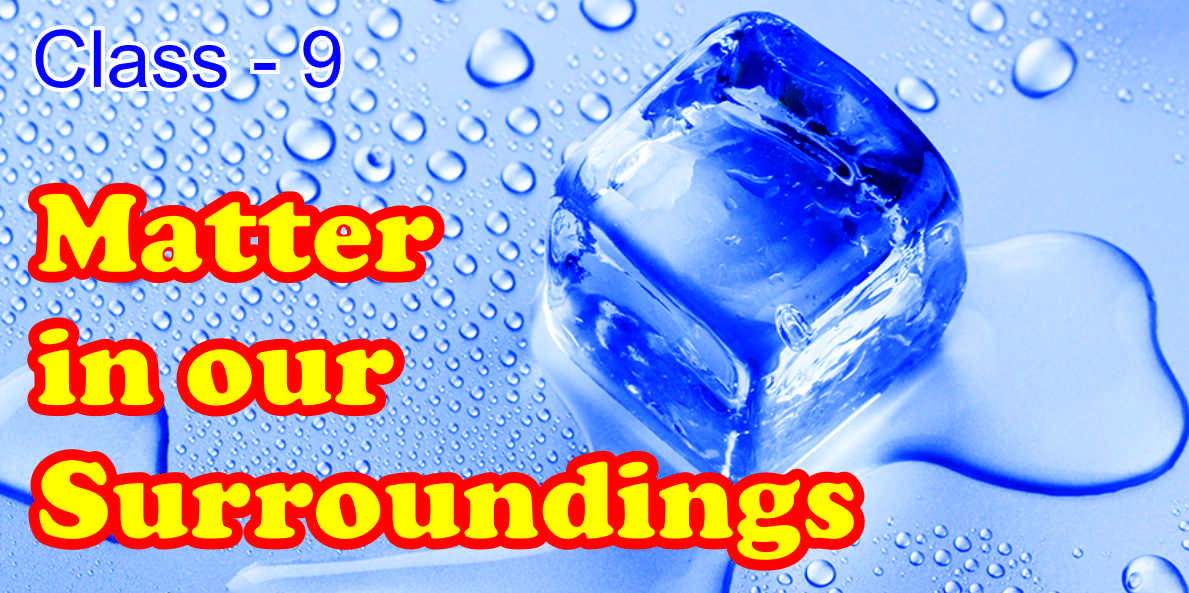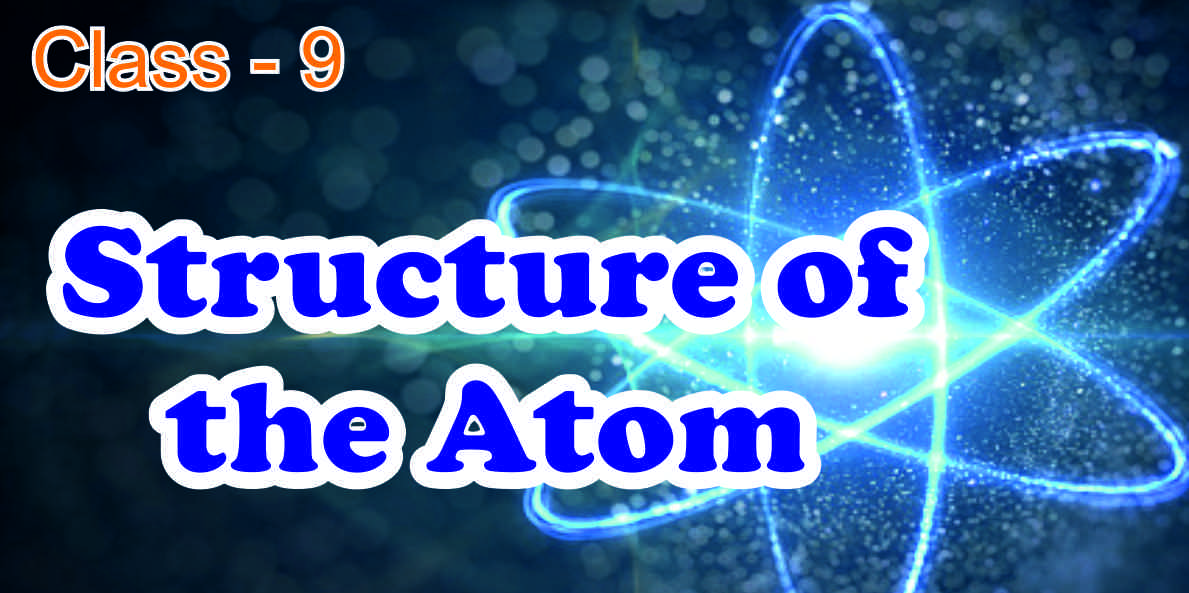Course Requirements
Students already have some knowledge about matter, states of matter, characteristics of particles of matter, evaporation, factors affecting the forms of matter and evaporation.
Q1) Do you know why we should prefer cotton clothes in summer?
Q2) Can you distinguish between ice, water and water vapour?
Q3) Will you justify the reason behind the droplets appearing on the surface of a glass containing ice-cold water?
Course Description
Topics to be covered in this chapter: -
Introduction to elements, compounds mixtures; Differences between (a) elements and mixtures, (b) elements and compounds. (c) mixtures and compounds ; Differences between True solutions , Colloidal and Suspensions ; Some common examples and classification of Colloids on the basis of Dispersed phase and Dispersion medium ; Definition and distinguishes between homogeneous and heterogenous solutions ; Different separating techniques of components of mixtures includes (a) separating colored component ( dye ) from blue/ black ink, (b) separating cream from milk , (c) separating two immiscible and two miscible liquids, (d) separating mixture of sublime components , (e) separating different gases from air.
Course Outcomes
⁎ Students will be able to distinguish between elements, compounds and mixtures with suitable examples.
⁎ They will be able to identify the different types of solutions and categorize them into true solutions, colloidal and suspensions.
⁎ They will be able to separate different components of mixtures.
Course Curriculum
Student Feedback
Is Matter Around us Pure
0
No Review found





